Select an Orthopaedic Specialty and Learn More
Use our specialty filter and search function to find information about specific orthopaedic conditions, treatments, anatomy, and more, quickly and easily.
GET THE HURT! APP FOR FREE INJURY ADVICE IN MINUTES
Shoreline Orthopaedics and the HURT! app have partnered to give you virtual access to a network of orthopaedic specialists, ready to offer guidance for injuries and ongoing bone or joint problems, 24/7/365.
Browse Specialties
-
- Arthritis
- Fractures, Sprains & Strains
- Joint Disorders
- Physical Medicine & Rehabilitation (PM&R)
- Shoulder
- Sports Medicine
AC Joint Issues
Although many things can happen to the AC joint, the most common conditions are fractures, arthritis and separations. When the AC joint is separated, it means that the ligaments are torn and can no longer keep the clavicle and acromion properly aligned. Arthritis in the joint is characterized by a loss of the cartilage that allows bones to move smoothly and is essentially due to wear and tear.
More Info -
- Minimally Invasive Surgery (Arthroscopy)
Arthroscopy (Minimally Invasive Surgery)
Arthroscopy is a minimally invasive surgical procedure used by orthopaedic surgeons to visualize, diagnose, and treat problems inside the joint. Because it requires only tiny incisions, arthroscopy can be performed without a major, invasive operation and many procedures can be done on an outpatient basis.
More Info -
- Fractures, Sprains & Strains
- Knee
- Ligament Disorders
- Sports Medicine
Combined Knee Ligament Injuries
Because the knee joint relies just on ligaments and surrounding muscles for stability, it is easily injured. Direct contact to the knee or hard muscle contraction, such as changing direction rapidly while running, can injure a knee ligament. It is possible to injure two or more ligaments at the same time. Multiple injuries can have serious complications, such as disrupting blood supply to the leg or affecting nerves that supply the limb’s muscles.
More Info -
- Foot & Ankle
Equinus
When the ankle joint lacks flexibility and upward, toes-to-shin movement of the foot (dorsiflexion) is limited, the condition is called equinus. Equinus is a result of tightness in the Achilles tendon or calf muscles (the soleus muscle and/or gastrocnemius muscle) and it may be either congenital or acquired. This condition is found equally in men and women, and it can occur in one foot, or both.
More Info -
- Pediatric Injuries
- Sports Medicine
Overuse Injuries in Children
Although the benefits of athletic activity are significant, young athletes are at greater risk for injury than adults because they are still growing. Some children play on multiple team sat the same time while others participate in one sport, all year long. Repetitive use of the same muscle groups places unchanging stress to specific areas of the body, leading to muscle imbalances that, when combined with overtraining and inadequate rest periods, can put children at serious risk for overuse injuries.
More Info -
- Hip
- Neck and Back (Spine)
- Physical Medicine & Rehabilitation (PM&R)
Sciatica
Most common between 30 and 50 years of age, sciatica is a pain in your lower back or hip that radiates to the back of your thigh and into your leg. Often people think that the source of the pain is the buttock, hip or thigh and seek medical care for a “hip” problem only to learn that the source of the pain is the lower back.
More Info -
- Hand & Wrist
Trigger Finger
With trigger finger, when you try to straighten your finger, the tendon becomes momentarily stuck at the mouth of the tendon sheath tunnel. As the tendon slips through the tight area, you might feel a pop as your finger suddenly shoots straight out. Symptoms may include: a tender lump in your palm, swelling, a catching or popping sensation in finger or thumb joints, and pain when bending or straightening a finger.
More Info -
- Elbow
- Joint Disorders
Ulnar Nerve Entrapment at the Elbow (Cubital Tunnel Syndrome)
Ulnar nerve entrapment at the elbow, or cubital tunnel syndrome, occurs when the ulnar nerve in the arm becomes compressed or irritated. Although there are various areas where the ulnar nerve can become constricted, such as at the collarbone or wrist, it occurs most commonly behind the inside of the elbow.
More Info

